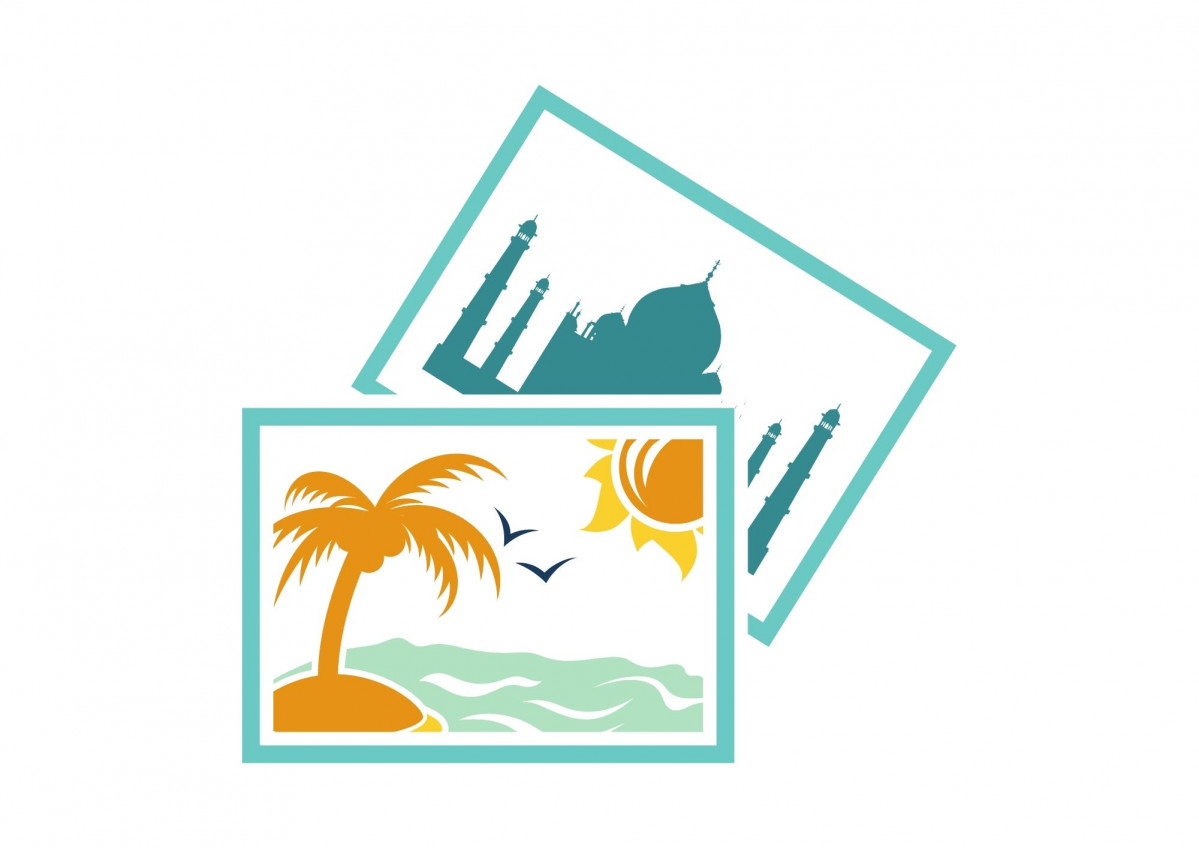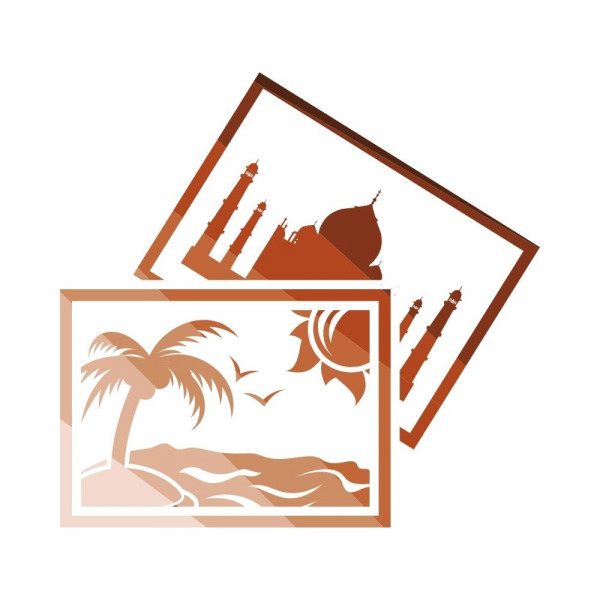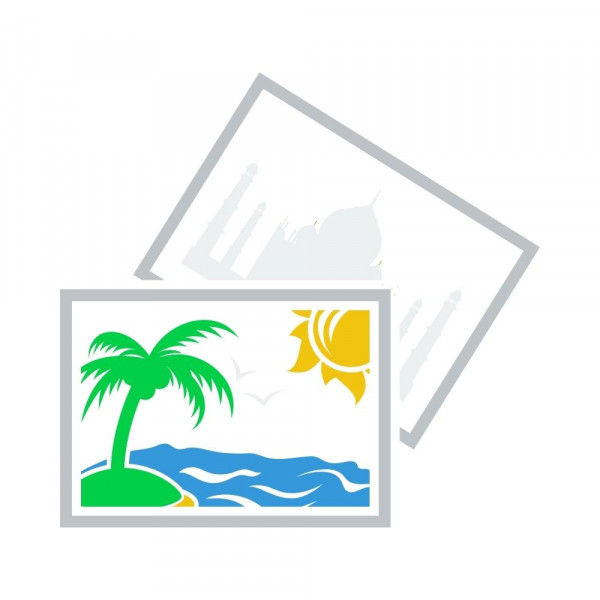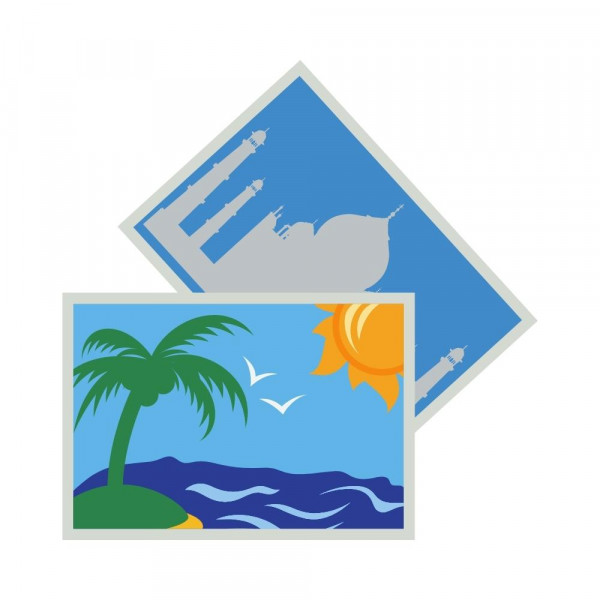Please note: royalty-free does not mean free images. In fact, all images are subject to copyright. It is important to learn how to use these images properly in a school setting so as not to expose yourself to risks. As a user of images, it is imperative that you ensure that you are always in compliance. This can be done either by using royalty-free images that can be reused, or by acquiring a paid licence, depending on the uses you wish to make of them. Copyright is as important for a quote as it is for an image or graphic.
The use you can make of an illustration (use, modification, commercial use or not) depends on the type of licence that governs it. If nothing is mentioned, assume that there is a copyright and that you cannot use the image. If it says Creative Commons, you can use the image. The type of licence will then tell you what you can do with it. For example, there are Creative Commons "NC" licenses for non-commercial. This means that you can use the image, but not for commercial purposes. For more explanations on the types of licences that exist, please consult the website "https://creativecommons.org".
There are also free licenses such as GNU (GNU's Not Unix) for free documentation, or sometimes a simple "royalty free" mention. In this case, you can use the images and modify them as you wish. If you wish to use a public domain image, the only compulsory mention is that of the author, which is the case for the majority of works.





